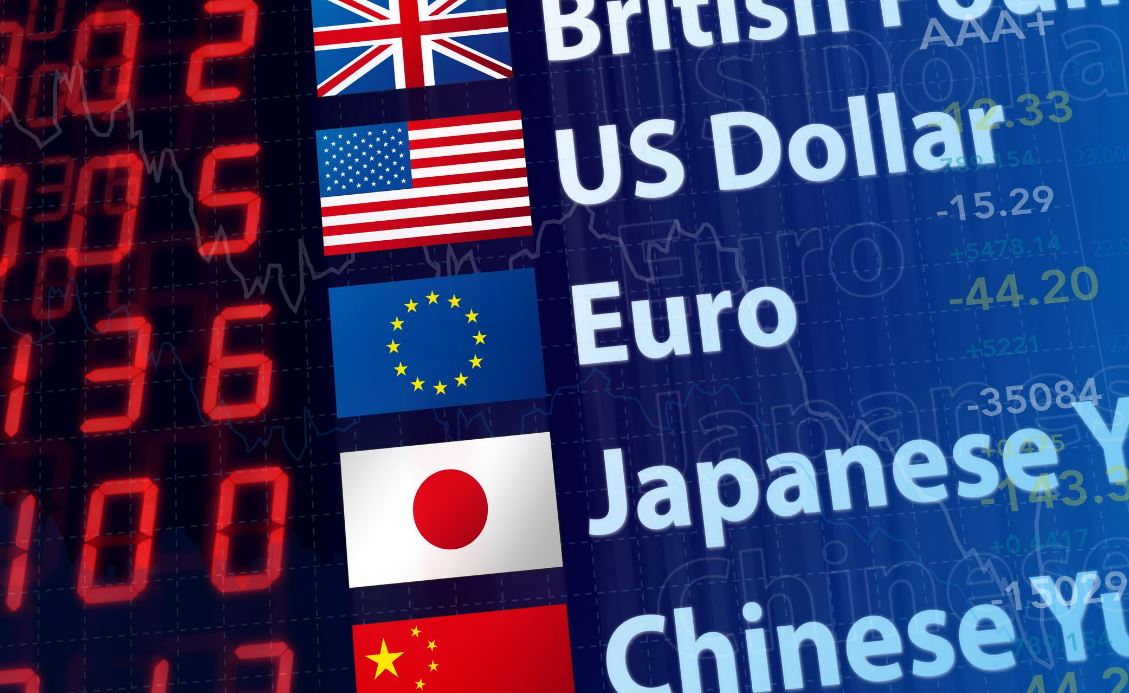
The concept of buying and selling capital can be initially confusing because you're not buying any asset in exchange for money like you do in the stock market for example. Instead you are simultaneously buying one currency and selling another that is doing an exchange. In the stock market traders buy and sell shares; in the futures market traders buy and sell contracts; in the forex market traders buy and sell "lots". When you buy a currency lot you are speculating on the value of one currency compared to another.
New traders often struggle to grasp the concept of trading currencies in pairs. The currency on the right side of the pair is there to establish a comparative value, without it we would be unable to assign a value to the base currency (currency on the left side of the pair). If the currencies were not paired we would be unable to determine what a single currency would gain or lose value against. By pairing two currencies against each other a fluctuating value can be established for the one versus the other.
The first currency listed in the currency pair is called the base currency. The second currency is referred to as the quote or sometimes counter currency. When published with an exchange rate the currency pair indicates how much of the quote currency is required to purchase one unit of the base currency. For example, EUR / USD = 1.3200 indicates that one euro can buy 1.3200 US dollars. When selling a currency pair the exchange rate shows how many units of the quote currency you will receive when selling one unit of the base currency.
Currency pairs that do not include the US dollar are commonly referred to as Cross Currency Pairs. Some cross currencies move very slowly and trend very well. Other cross currency pairs move very quickly and are extremely volatile; with daily average movements exceeding 100 pips. Many of these cross currencies have a higher swap value. Swap is a credit or debit as a result of daily interest rates. When traders hold positions over night they are either credited or debited interest based on the rates at the time.
Each currency pair listed by your broker is accompanied by an exchange rate that shows the bid and ask price for the currency pair. The bid price is the rate that your broker is willing to pay for the currency pair; in other words, this is the rate you receive if selling to the market. The ask price is the rate at which your broker is willing to sell and represents the rate you must pay to buy the currency pair. The bid price is always less than the ask price. This difference known as the spread is how your broker generates much of its revenue.







